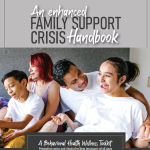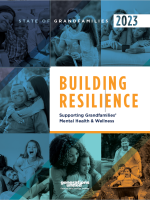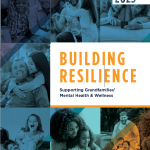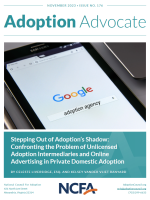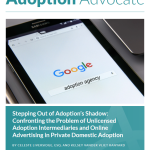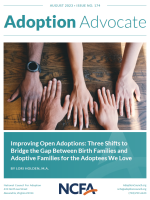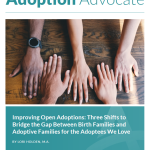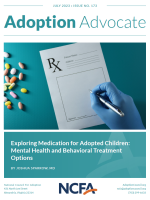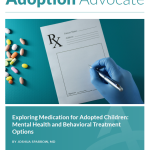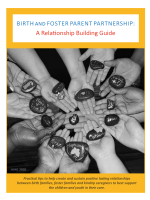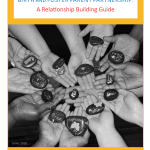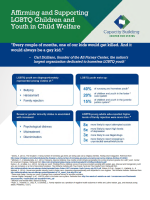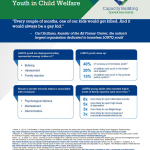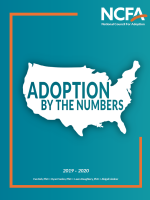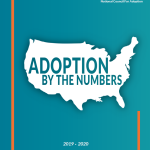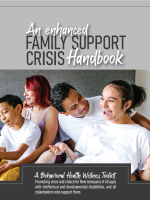
The purpose of this expanded version of the Toolkit is to empower individuals with disabilities and their family
and professional caregivers by providing information to more effectively advocate for persons with complex
severe behavioral health conditions (which we formerly referred to as “dual diagnosis”) for treatments, supports,
services and the conditions that promote mental wellness. Individuals with diagnoses of developmental
disabilities and behavioral health disorders face multiple challenges in their daily lives. Some of these
challenges relate to the behavioral health conditions themselves. Other barriers include the shortage of qualified
medical and non-medical behavioral health providers and the failure to give mental health and behavioral
disorders the same attention as with medical disorders. Individuals of all ages with intellectual and
developmental disabilities and behavioral health challenges, therefore, face the barriers of limited access to
needed services, lack of equality and problems with obtaining and affording care.

